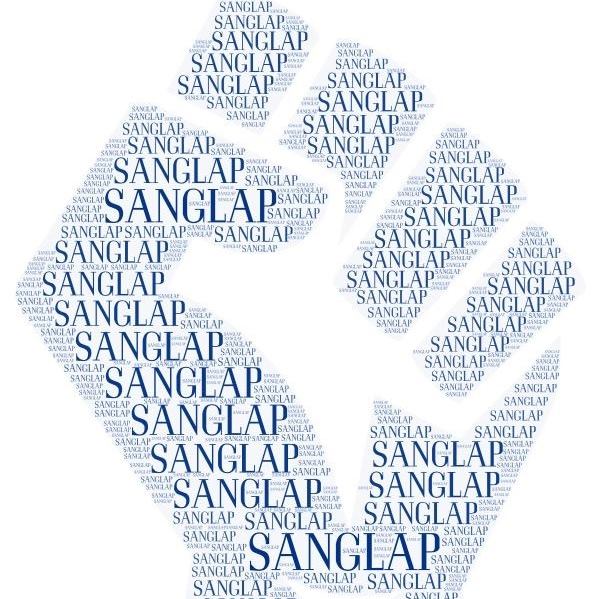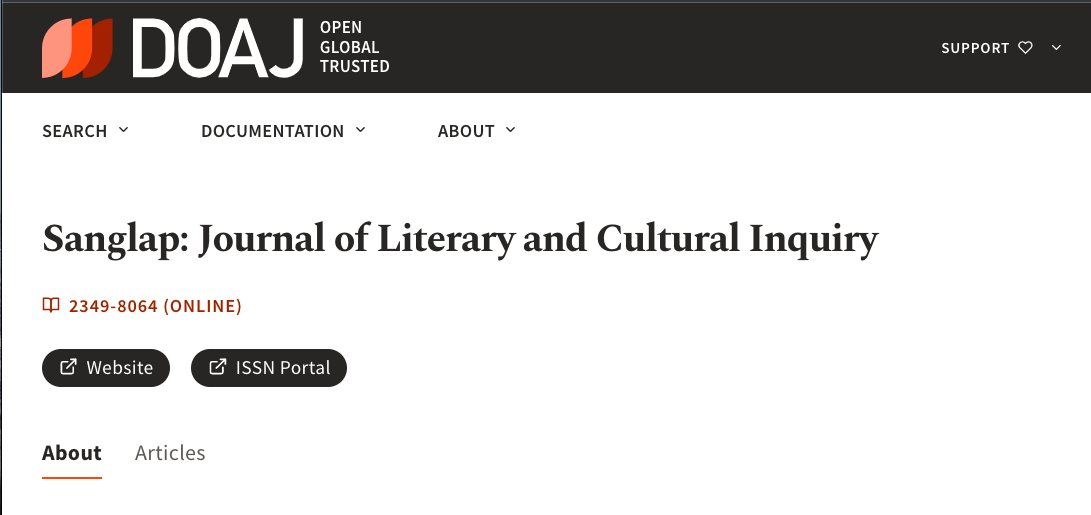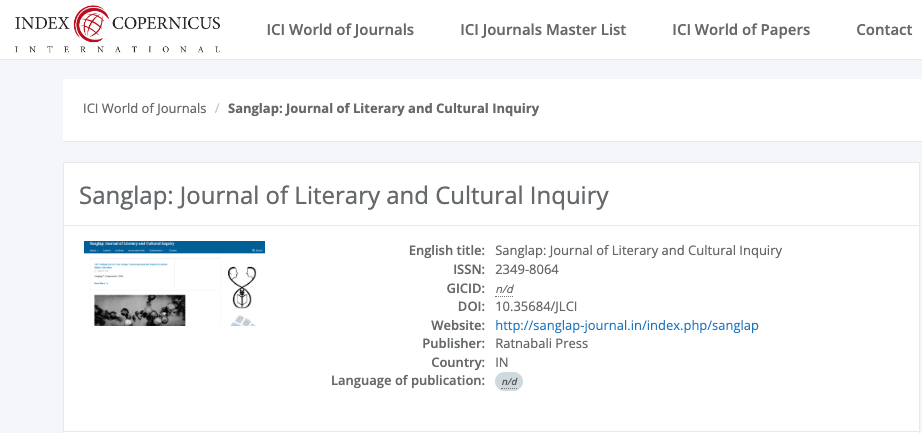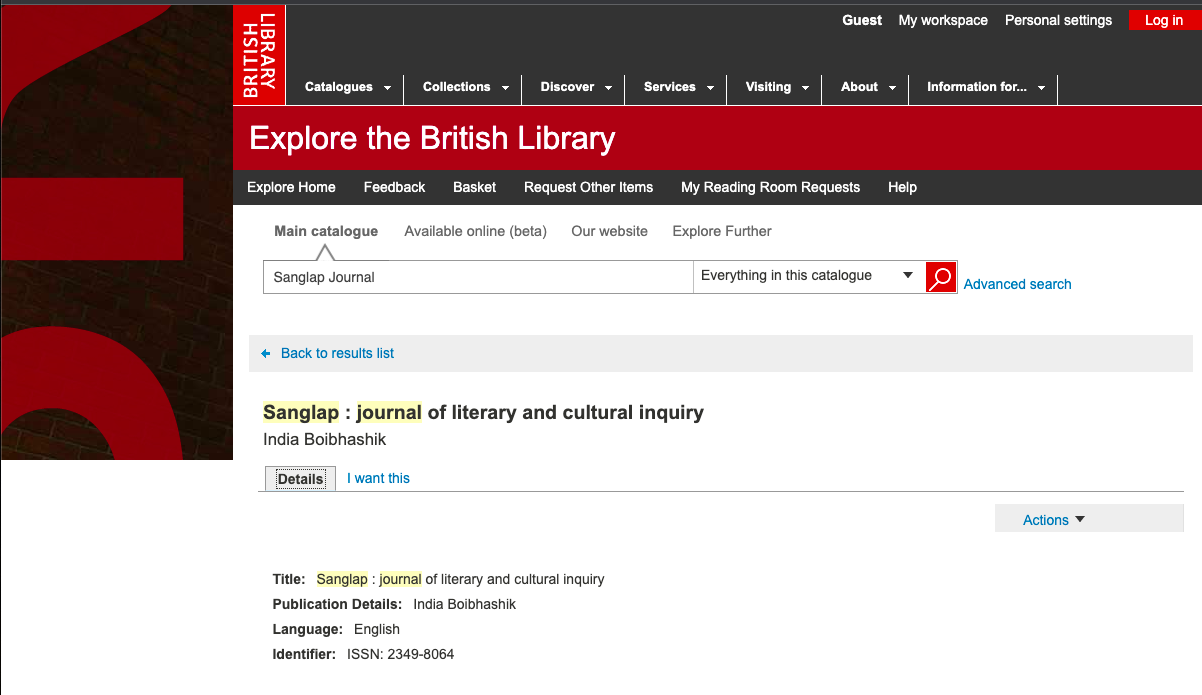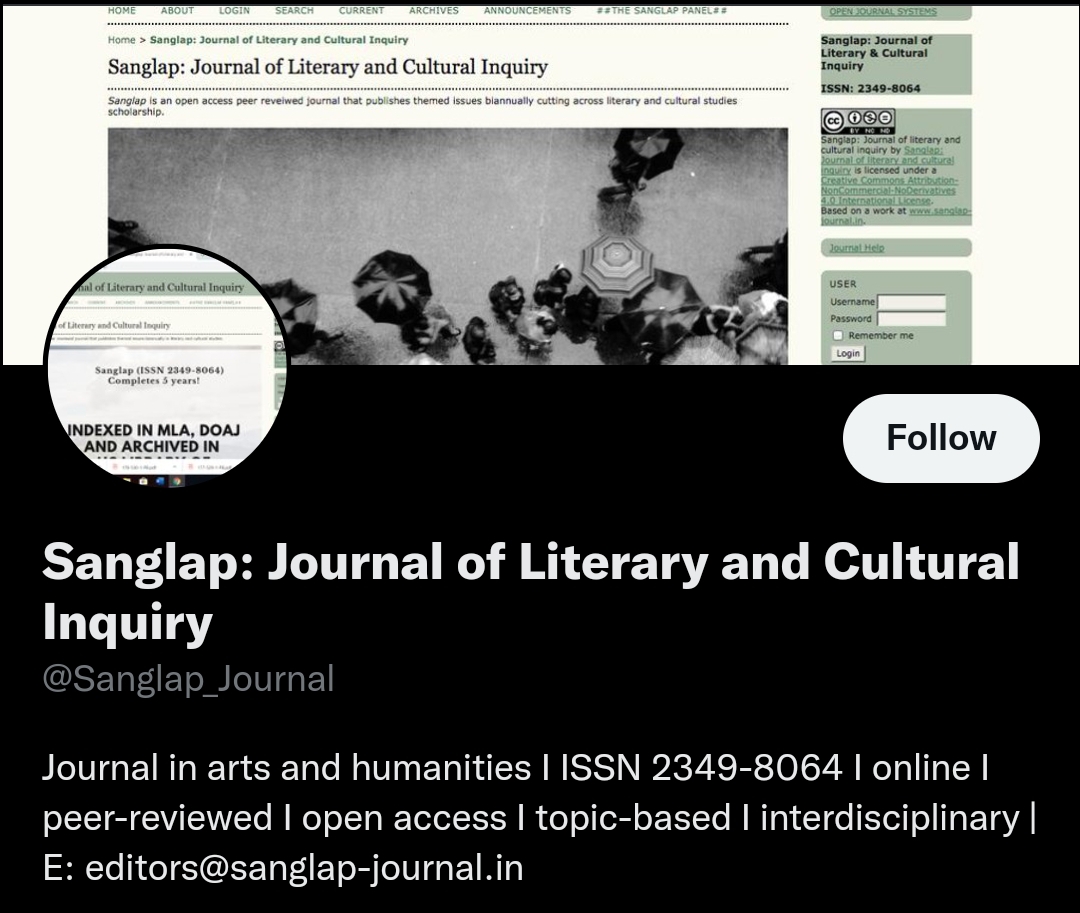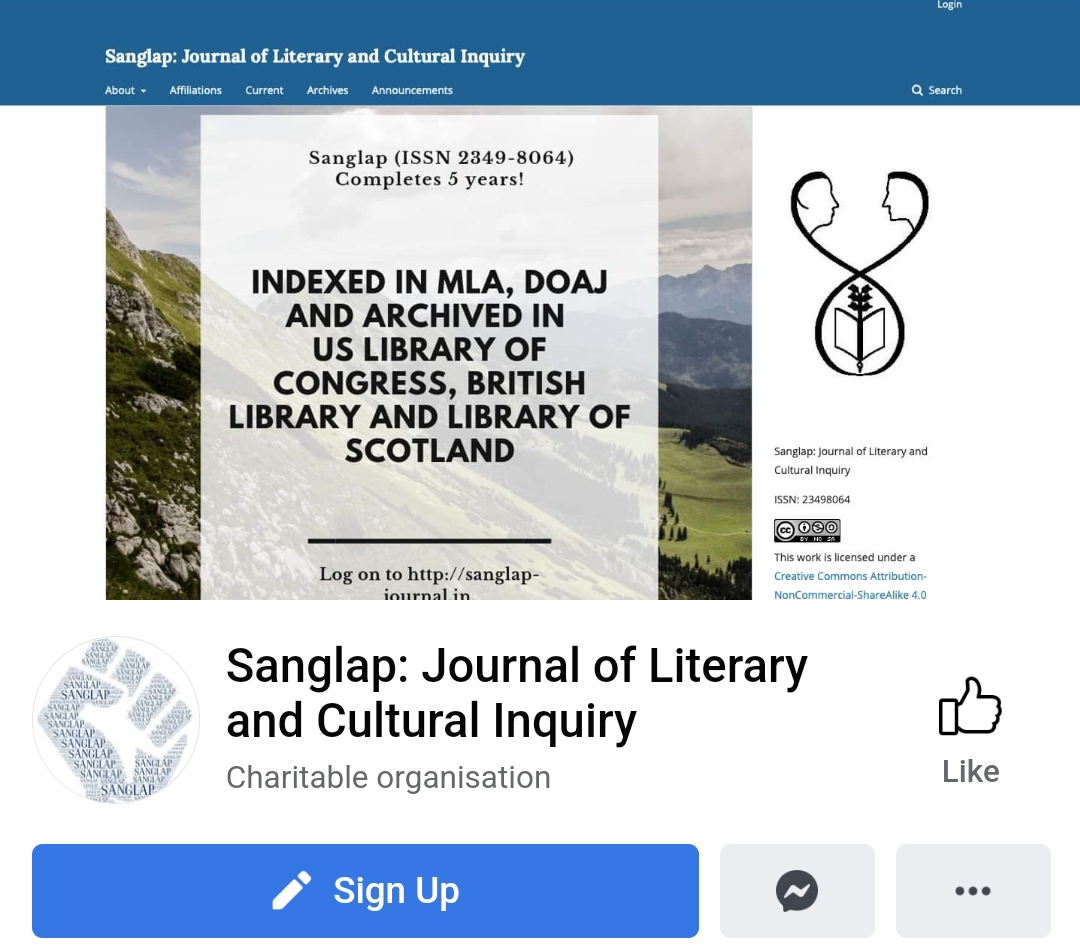The Emergence of Rupkatha as a Literary Genre in the Late Nineteenth and Early Twentieth Century Bengal:
A Historical Enquiry
Keywords:
rupkatha, Fairy Tales, Swadeshi Cultural Revival, Folk, Children’s GenreAbstract
The indigenous rupkatha collections that appeared in the late nineteenth and early twentieth Bengal, while purporting to be written transcriptions of an oral tradition, were effectively creating a new literary tradition distinct from the oral storytelling traditions that existed in the region. This paper will investigate the historical circumstances of its emergence, particularly the intersectional politics of Bengal’s colonial encounter with Europe and the emergence of a nascent nationalist consciousness that laid stress on indigenous culture. This paper will argue how the emergence of the Bengali rupkatha as a literary genre was interrelated with the widespread popularity of the European fairytale, and as an indigenous literary genre was intended to contrast and compete with the Western literary genre. The circumstances of its emergence in turn shaped the popular ideas associated with the genre and determined the way generations of readers approached and interpreted the texts.

